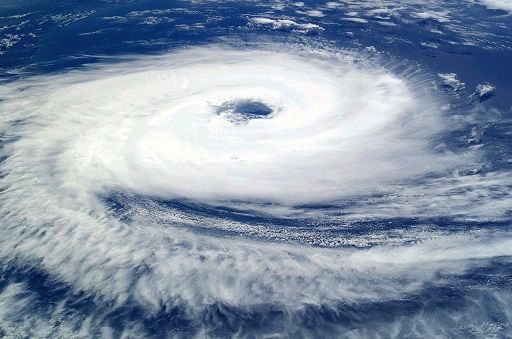El Niño climate event could be strongest ever
The current El Niño weather system is having significant impact on the Earth’s climate according to the World Meteorological Organization

The current El Niño weather system is one of the strongest ever recorded and is having significant impacts on the Earth’s climate, according to the World Meteorological Organization (WMO).
The El Niño event occurs when the surface temperature of the Pacific Ocean becomes warmer and alters global weather patterns and research indicates that parts of the Pacific will be 2°C warmer than the average.
The Geneva-based WMO is the United Nations’ agency that studies the Earth's atmosphere and weather and researchers said that this year's El Niño is strengthening and will peak by the end of 2015.
The current event is causing sea temperatures in parts of the Pacific to rise to levels not recorded since the 1990s, according to scientists.
The most powerful El Niño on record was in 1997-98, with other stronger than average events also occurring in 1972-73 and 1982-83.
In a statement, WMO said: "Models and expert opinion suggest that surface water temperatures in the east-central tropical Pacific Ocean are likely to exceed 2°C above average, potentially placing this El Niño event among the four strongest events since 1950."
WMO said that during August, east-central tropical Pacific Ocean surface temperatures have ranged between 1.3°C and 2°C above average, indicating that the current El Niño was at a very advanced level.
WMO said that patterns of cloudiness and rainfall near the International Date Line in the middle of the Pacific developed during the second quarter of 2015 triggering El Niño's global climate impacts which will increase over the next six to eight months.
The El Niño weather phenomenon can distort weather patterns around the world, causing severe drought in parts of Asia and heavy flooding to some regions of North America.
The event can cause increased flooding in the Horn of Africa while making Southern Africa drier and can reduce storms in the Atlantic and the Gulf of Mexico while increasing storm events in the eastern Pacific.
The Pacific is currently experiencing a surge of hurricane activity, with three category four strength tropical storms active in the area around the Hawaiian Islands which can disrupt easterly trade winds along the equator allowing heat to build up in the eastern Pacific causing stormy conditions.
El Niño also has a warming effect on the Arctic region which impacts the Atlantic jet stream.


_400_250_80_s_c1.jpg)



